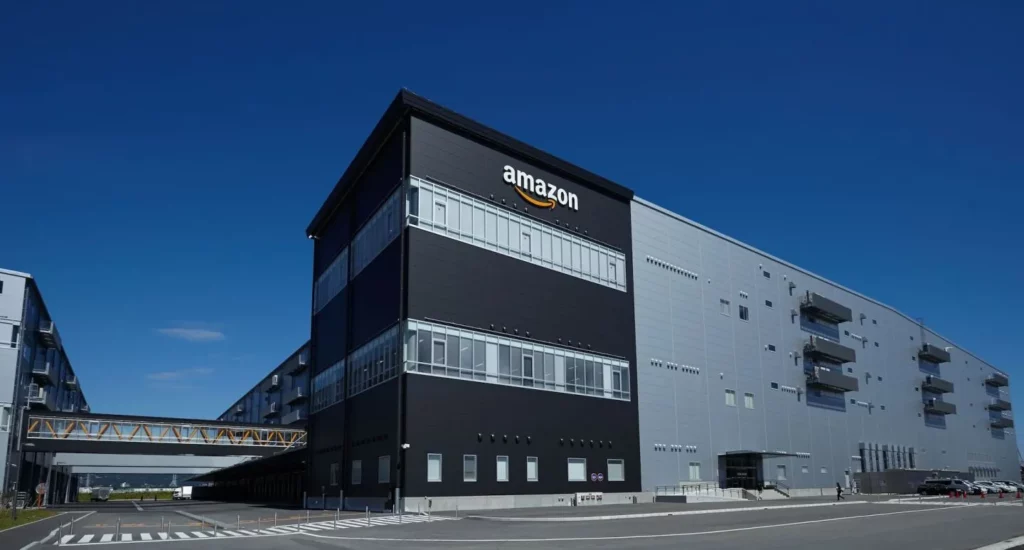Amazon’s new warehouses face high costs, remote locations, and operational challenges, including inventory explosions, impacting sellers significantly. Learn more about the issues and implications.

Amazon’s warehouse network in the United States, particularly the newly established ones, is facing significant operational challenges. Recent reports from freight forwarders indicate anomalies in warehouse reservations, affecting locations like ONT8, LGB8, LAX9, SBD1, GRY2, FTW1, ABQ2, and PSC2. Notably, ABQ2 and PSC2, which experienced severe inventory issues last month, have again surfaced with problems.
The Extent of the Problem
ONT8, LGB8, ABQ2, PSC2, and SBD1 are all experiencing issues with card and floor reservations, with LGB8 facing outright rejections. Additionally, SBD1 and PSC2 do not have designated areas for floors, while ABQ2 lacks both pallet and floor designated areas. These disruptions significantly impact the smooth operation of Amazon’s logistics and pose challenges for sellers relying on these facilities.
A seller recently remarked on the situation, criticizing the new PSC2 warehouse as problematic. Amazon has opened several new warehouses this year, primarily on the West Coast, including MIT2, GFU3, XLG1, PSC2, ABQ2, FSD1, JOT1, and QXY5. Despite the intention to improve delivery efficiency and alleviate inventory issues, sellers have described these new warehouses as “garbage” due to high costs and remote locations.
Seller Concerns and Feedback
Sellers have voiced concerns over the high expenses associated with these new warehouses. One seller from Shenzhen mentioned that their goods were allocated to a new warehouse in northern California, resulting in increased costs. Although Amazon’s expansion aims to streamline operations, the financial burden on sellers has grown.
Moreover, sellers face difficulties when creating shipments. Various unfamiliar warehouses have appeared, and freight forwarders often struggle to locate them. As a result, sellers are reluctant to encounter these warehouses but frequently find their shipments directed there. Standard items are especially prone to being assigned to these new locations.
One seller, who had shipments allocated to these new warehouses for over half a month, expressed frustration. Choosing five free warehouses often leads to assignments in distant, remote areas, with initial journeys taking over two months. Once the goods arrive, sellers face high fees for configuration and defects. Opting for three warehouses and being assigned to the new ones incurs substantial costs, with only card delivery available.
The Impact of Warehouse Explosions
The situation worsens with instances of warehouse explosions. These incidents further complicate logistics and increase the burden on sellers. New warehouses, already remote and costly, now add operational inefficiencies due to explosions and anomalies in reservations.
Conclusion
Amazon’s new warehouses, intended to enhance delivery efficiency and manage inventory better, are facing significant issues. Sellers are burdened with high costs, remote locations, and operational challenges, including warehouse explosions. Addressing these problems is crucial for Amazon to maintain its logistical network’s reliability and support its sellers effectively.




